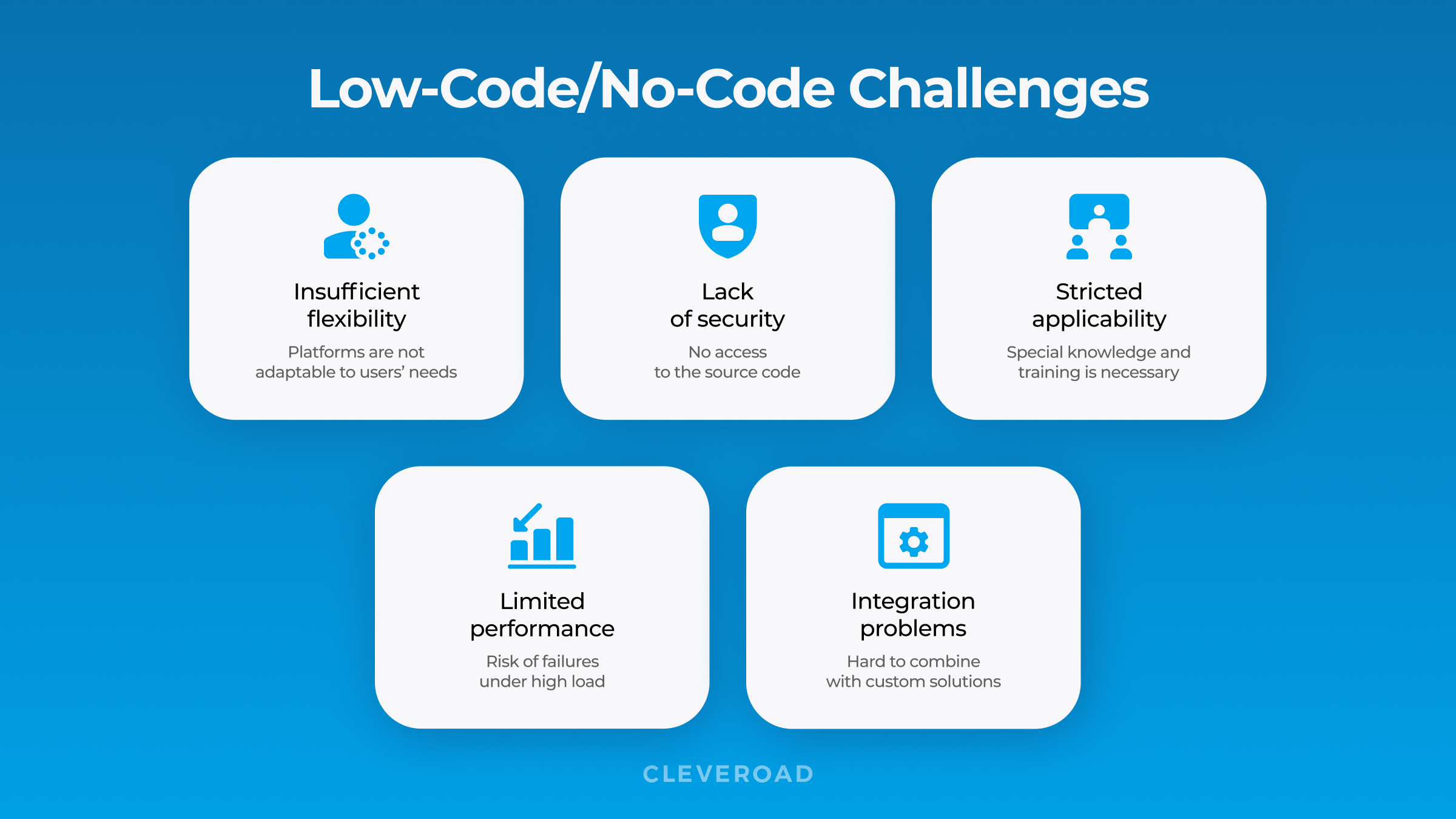
Today, various platforms exist to enable no-code development. Microsoft's Visual Basic no-code tool is used here to program a virtual agent. This evolution involved adding layers of abstraction to hide the complexities behind machine code, making programming easier for software developers. What began as low-level programming using assembly language-which is as close as programmers can get to machine code instructions-evolved into Java, Python, C, JavaScript, and the other programming languages of today.

No-code programming is a natural progression in the realm of software development. “It’s a way to empower people to create for the web without learning how to code.” “It’s more like using building blocks that have logic,” says Lacey Kesler, co-founder of the Visual Dev School. A popular example is MIT Media Lab’s Scratch programming language, which uses graphical programming blocks to teach children and adults how to code. Instead of text-based development environments, users manipulate code elements through drag-and-drop user interfaces. No-code development could also be regarded as a form of visual programming. “It’s the ability to do without code what has traditionally been done with code.”

“No-code allows people who don’t know how to write code to develop the same applications that a software engineer would,” says Vlad Magdalin, co-founder and CEO of Webflow, a no-code platform for building websites.


 0 kommentar(er)
0 kommentar(er)
